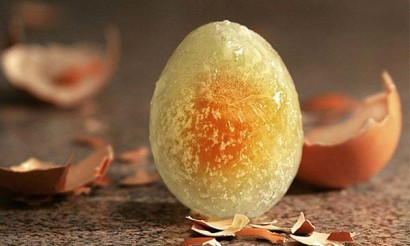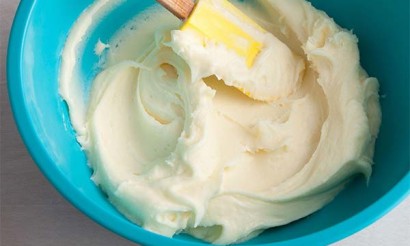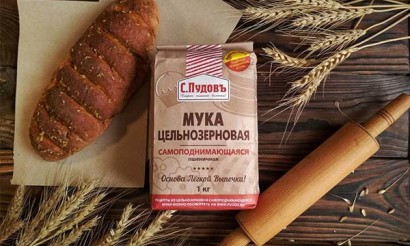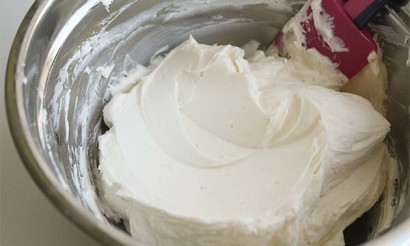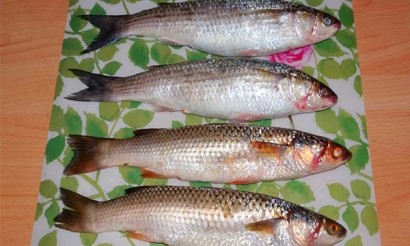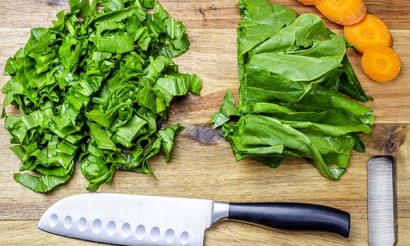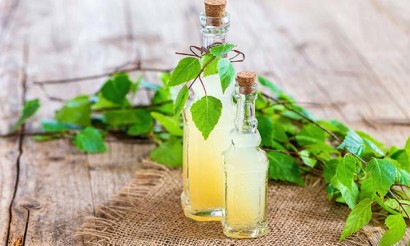30 interesting facts about peas
Peas belong to the legume family, which includes beans, lentils, and soybeans. Plants contain many useful substances, including trace elements, vitamins, fiber. There are food and fodder species. Among all representatives, peas are valued a little less, which is very unfair. After all, it has many secrets and unusual properties.
Secrets of the pea pod
If you consider all aspects of growth, formation of the plant and its uses, you can learn a lot of interesting things.
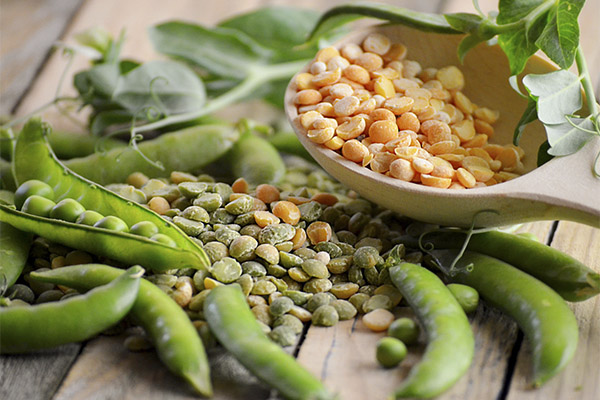
- There are a total of 7 species in the genus.
- The main pest that can completely destroy the crop is the pea grain beetle. It is also not averse to being gnawed by the weevil, and viral infections of peas are of international importance.
- The crop has been known since the Stone Age, as evidenced by findings in archaeological excavations.
- Its meaning in different countries was diametrically opposed. In China and India it was considered a symbol of prosperity, in Greece it indicated poverty.
- In the Middle Ages the crop was on the list of the most popular foods of all walks of life.
- The concept of green peas and their use in cooking emerged in the 18th century.
- At the same time, English breeders introduced a new variety, the "garden variety".
- The American Thomas Jefferson achieved an amazing result by growing 30 varieties of peas on his estate.
- Fruits are canned, dried, and frozen, making them available for consumption at any time of year.
- The stalks of the crop extend up to 2 meters.
- Peas, like all legumes, can replace meat in the diet without detriment to the body.
- The high fiber content gives quick satiation.
- The world harvest of the crop is 15 million tons.
- Sausage was made from pea meal with the slight addition of meat and lard in the 19th century.
- China, Russia and Canada are considered the leaders in the cultivation of the crop. These three own nearly half of the world's crop.
- Sixteenth-century France is famous for the culinary paradox, in which peas and lard were served to kings and poor people, but with different seasonings.
- The discovery of the laws of heredity came from the study of peas by the scientist Johann Mendel. On the basis of his observations, he created the foundations of genetics.
- The plant is considered an ideal source of nitrogen compounds, serving as an excellent fertilizer for other crops.
- Peas were an obligatory part of the wedding ritual in Poland.
- The absolute record for eating peas was set by Janet Harris, who managed to eat 7,175 peas in one hour.
- The plant came to Japan in the 4th century and to Russia in the 6th century.
- Columbus brought the seeds to the New World, planting them on the island of Isabella.
- The proverb, "under Tsar Gorokh," refers to the VI-VII centuries.
- A general poll of Britons found the vegetable to be one of their top ten favorites.
- Pea starch is part of some bioplastics.
- In the northern regions of Russia, there was a special day when they would go out into the field and treat their neighbors with fresh pods of the new crop.
- In the town of Wicham there is a competition for shooting peas at a target.
- In Bohemia, the bride was sprinkled with peas and after the ritual, the peas stuck in her dress were counted. They indicated the number of children to be born.
- It was proven experimentally in 2004 that the plant grows well in conditions of weightlessness.
- It is easy to prepare soup, side dish and dessert from peas.
Unique properties of the plant are used in cooking, production and folk medicine. Decoctions are used to normalize the gastrointestinal tract, lotions successfully relieve symptoms of skin diseases, flour reduces sugar and cholesterol. In cosmetology, the plant is also not ignored. Its rich chemical composition helps to revitalize the skin, relieve irritation, nourish and smooth fine lines.
Behind the graceful wattles of the pea there is a centuries-old history and great benefit for the human race, so the plant is treated with respect, grown on an industrial scale and on the dacha plot.
«Important: all information on this site is provided solely for introductory purposes only. Before applying any recommendations, consult a health care professional. specialist. Neither the editors nor the authors shall be liable for any possible harm caused by materials."


